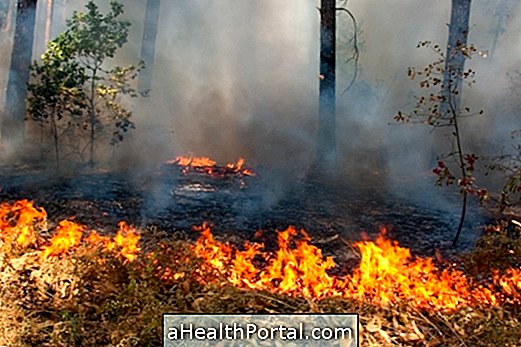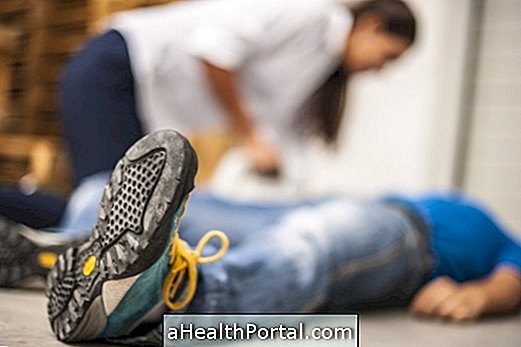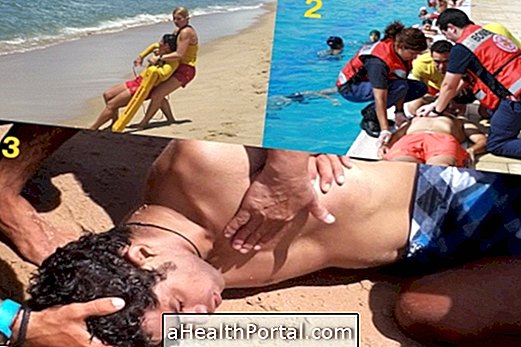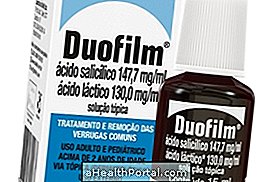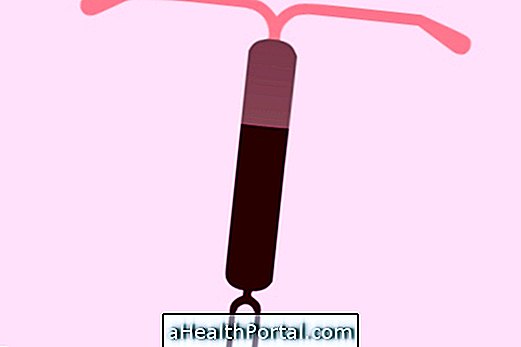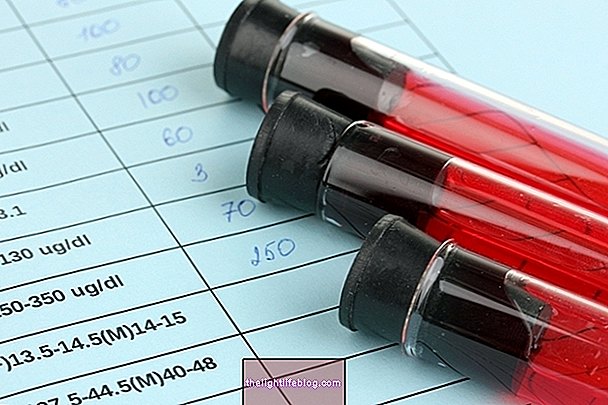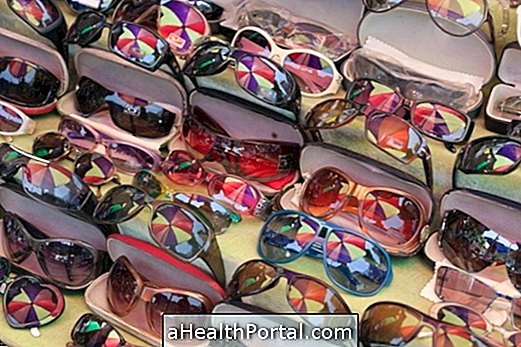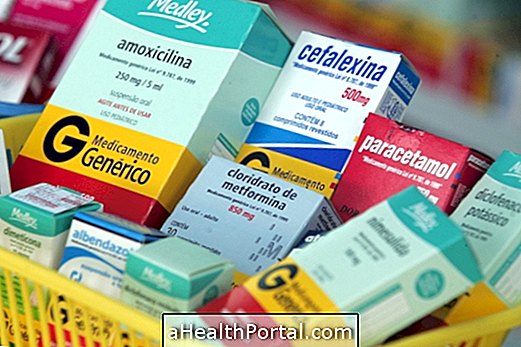During periods of emergency or catastrophe, such as earthquakes, when you need to leave your home, or during epidemics, when it is recommended to stay indoors, it is very important to have a survival kit prepared and always at hand.
This kit should contain water, food, medicines and all kinds of important supplies to ensure the survival and safety of all family members who share the house.
Ideally, the survival kit should be located in an easily accessible and safe place, which allows to keep all supplies in good condition, and should be periodically reviewed so that no product is out of date.

What cannot be missing from the basic kit
The survival kit of each family can vary a lot according to the age of the people and existing health problems, but there are some items that need to be part of any basic kit.
These items include:
- 1 liter of water per person and per day, at least. The water must be sufficient to drink and guarantee the daily hygiene of each person;
- Dried or canned food for at least 3 days. Some examples are: rice, pasta, peanuts, tuna, beans, tomatoes, mushrooms or corn;
- Basic utensils for eating, such as plates, cutlery or glasses;
- First aid kit with material to make dressings and some medications. See how to prepare your first aid kit;
- 1 packet of each medication for daily use, such as antihypertensives, antidiabetics or corticosteroids, for example;
- 1 pack of surgical or filter masks, type N95;
- 1 pack of disposable gloves;
- 1 multifunction knife;
- Battery operated flashlight;
- Battery powered radio;
- Extra batteries;
- 1 pack of matches, preferably waterproof;
- Whistle;
- Thermal blanket.
Some of these articles, especially edible ones, have an expiration date and, therefore, a good tip is to place a sheet next to the kit with information about the expiration dates of each item. This sheet should be reviewed every 2 months to ensure that products that are close to the expiration date are consumed and also replaced.
Check out these and other tips in the following video:

Other important groceries
Depending on the needs of each family, the region where they live and the type of catastrophe that can happen, it is recommended to add other items such as tablets to disinfect water, feminine hygiene products, toilet paper, extra clothes and, even, to the basic kit. a tent, for example. Thus, the ideal is for each family to make a plan of everything they may need for at least 2 weeks.
If there is a baby in the family, it is important to remember to stock up on all kinds of material that the baby uses the most, such as diapers, extra bottles, milk formula and any other type of necessary food.
If there is a domestic animal, it is also important to include bags of feed and extra water for the animal in the kit.
Was this information helpful?
Yes No
Your opinion is important! Write here how we can improve our text:
Any questions? Click here to be answered.
Email in which you want to receive a reply:
Check the confirmation email we sent you.
Your name:
Reason for visit:
--- Choose your reason --- DiseaseLive betterHelp another personGain knowledge
Are you a health professional?
NoMedicalPharmaceuticalsNurseNutritionistBiomedicalPhysiotherapistBeauticianOther
Bibliography
- CDC. Family Emergency Kit Checklist. Available in: . Accessed on Mar 13, 2020
- FEMA. Emergency Supply List. 2014. Available at:. Accessed on Mar 13, 2020
- AMERICAN RED CROSS. Survival Kit Supplies. Available in: . Accessed on Mar 13, 2020
